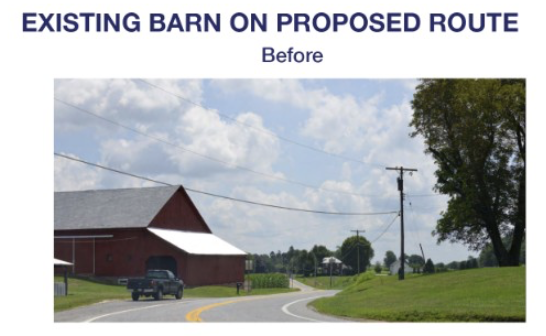A report in the Maine Times Record says that Central Maine Power (CMP) spokesman John Carroll called the opposition to the New England Clean Energy Connect project "bizarre" and "shameful."
CMP representative John Carroll called the opposition “bizarre” and “shameful,” lamenting that instead of seeing Hydro-Quebec as a leader in the clean energy movement, “we are immediately suspicious.”
The project would be “a great battery for the Northeast,” he said, adding that this line would help prevent the continued mass spillover of energy that Hydro-Quebec is currently unable to sell. The project is a simple step toward making the region and the nation less dependent on fossil fuels, Carroll argued.
Insulting your entrenched opposition is not, and has never been, a winning tactic. In fact, name-calling and ad hominem arguments only expand opposition and drive it deeper. It's even a no-no in most transmission developer "Code of Conduct" documents. The "Code of Conduct" is a fig leaf used by many developers to assure regulators and elected officials that landowners facing eminent domain for transmission rights-of-way will be treated fairly.
In this iteration, the Code of Conduct states:
Do not suggest that any person should be ashamed of or embarrassed by his or her opposition to the PATH Project or that such opposition is inappropriate.









 RSS Feed
RSS Feed